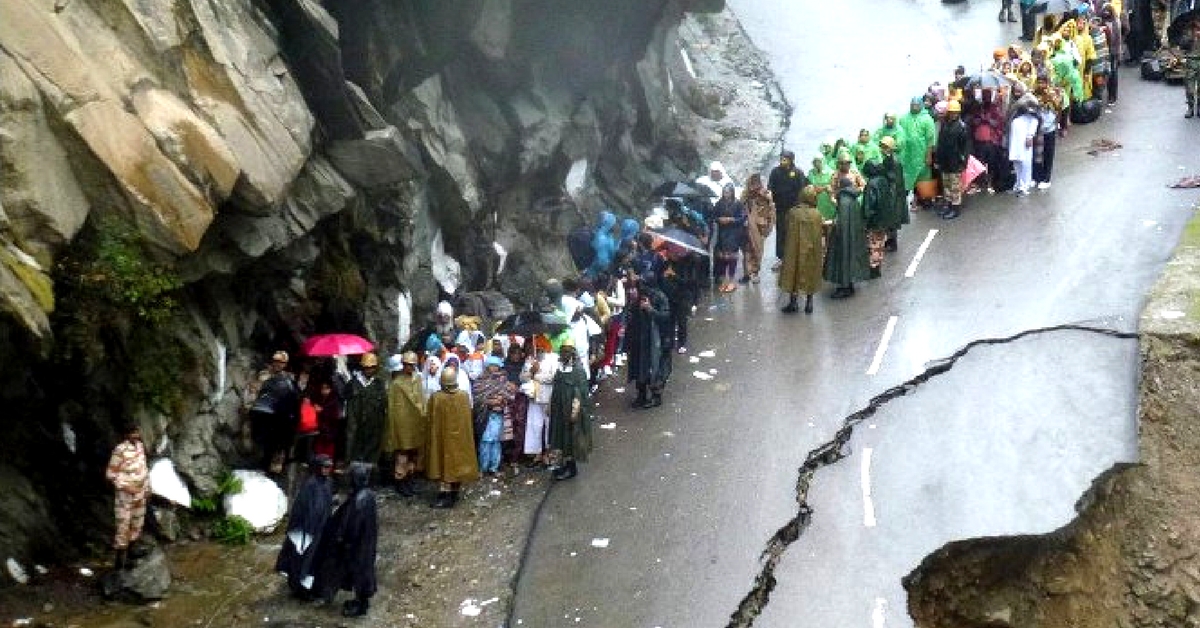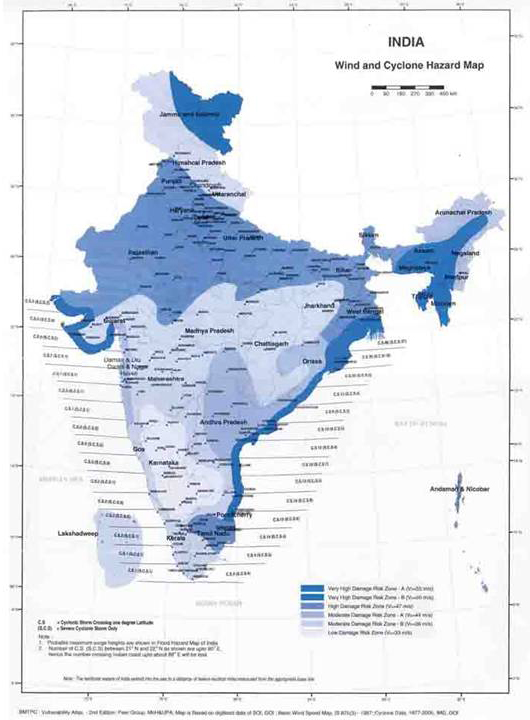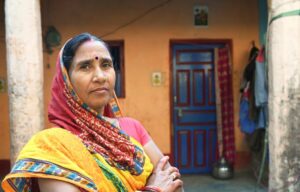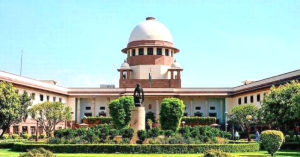India to Get National Database on Disasters by 2020: Here’s Why It Matters
India, being a signatory to the Sendai Framework for Disaster Risk Reduction (SFDRR), has set targets to manage disasters and ensure that losses incurred after each catastrophe are less than the previous ones.

Natural and human-made disasters make news quite often in India. Be it the disastrous floods in Uttarakhand and Himachal Pradesh or the droughts in Maharashtra, these disasters have taken hundreds of lives and cost India heavily in finances and resources. Also, the Central Government is constantly trying to tackle the losses that result from these disasters.
India, being a signatory to the Sendai Framework for Disaster Risk Reduction (SFDRR), has set targets to manage disasters and ensure that losses incurred after each catastrophe are less than the previous ones.
These targets, under the SFDRR agreement, include a reduction in the number of deaths, economic losses and damage to infrastructure along with a general reduction in the number of people impacted.
Calculating these numbers and the progress in meeting targets set in the agreement cannot be done without a proper database on the impact of previous disasters.
The National Disaster Management Authority (NDMA) under the government of India has thus planned to create a national database on disasters in the next two years.

This national database will carry vital information that will help the government reach targets set by the SFDRR agreement such as gender and income class of the affected people.
You may also like: Floods Caught You off Guard? Here’s a ‘Monsoon Emergency Bag’ We Should All Keep
Kamal Kishore, an official from NDMA, told the Hindustan Times, “We will try and provide data that are as disaggregated as possible, by space and gender. For a large country like India, aggregated data collected at the state level is not as useful. It has to go down further to district(s) and preferably, block levels.”
India is vulnerable to over 30 types of disasters like droughts, cyclone and earthquakes, apart from human-made disasters like fires etc.

The current database of NDMA has very little information about past disasters and vulnerability charts. Although they profile those areas in India that are vulnerable to different disasters, the only data about past disasters in their location, nature and number of fatalities.
A detailed database on disasters will certainly put their magnitude in perspective and give both, the government and citizens a chart to map the progress made in disaster management.
(Edited By Vinayak Hegde)
Featured image source: Flickr.
Like this story? Or have something to share?
Write to us: [email protected]
Connect with us on Facebook and Twitter.
NEW: Click here to get positive news on WhatsApp!
This story made me
-
97
-
121
-
89
-
167
Tell Us More
We bring stories straight from the heart of India, to inspire millions and create a wave of impact. Our positive movement is growing bigger everyday, and we would love for you to join it.
Please contribute whatever you can, every little penny helps our team in bringing you more stories that support dreams and spread hope.


















